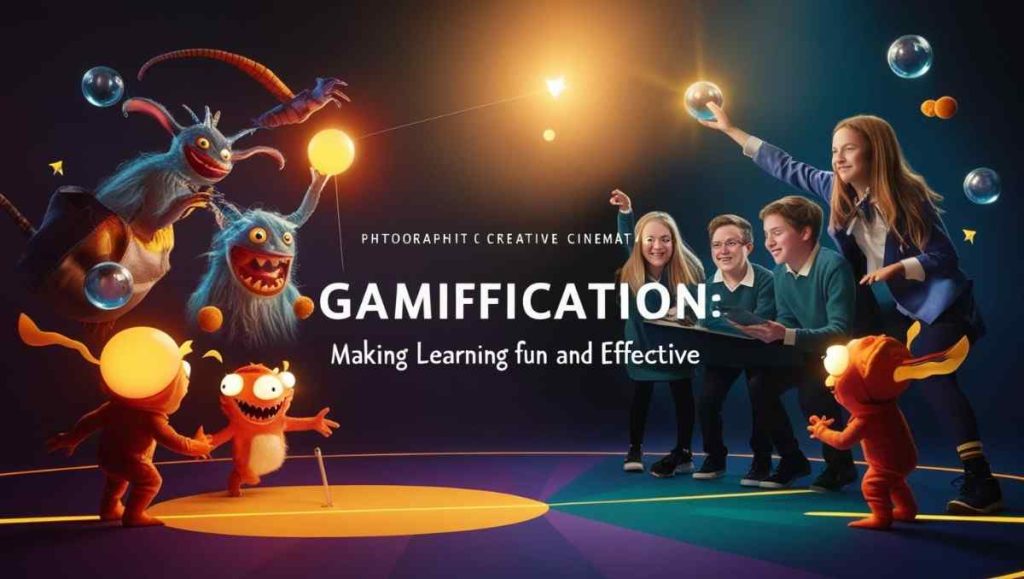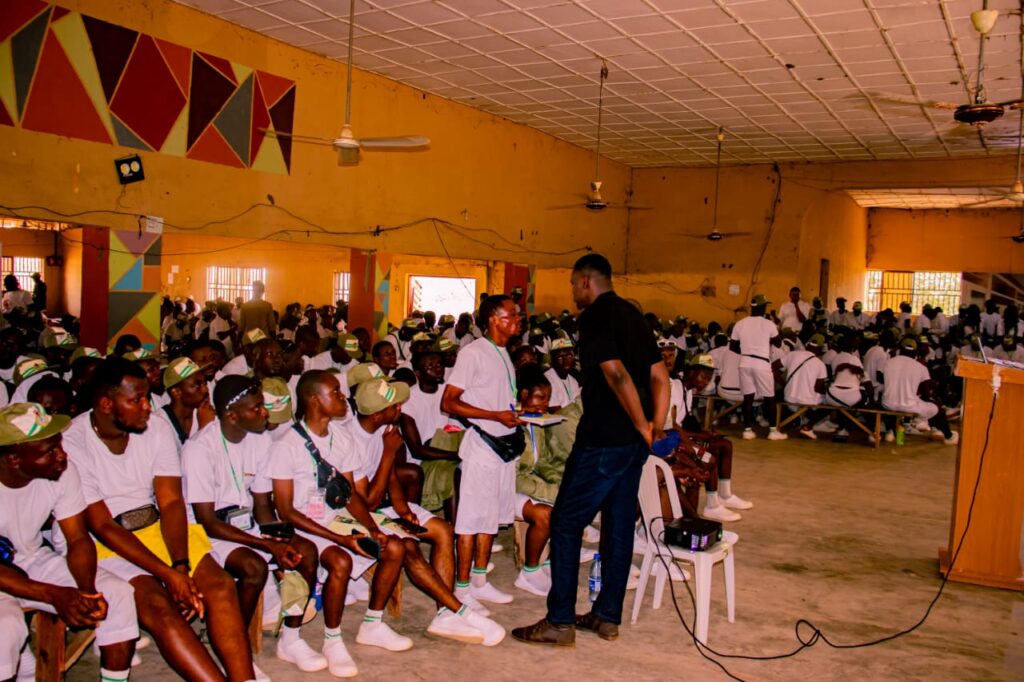
Gamification: Making Learning Fun and Effective
When you think of school, do you picture textbooks and tests-or quests, badges, and virtual adventures? Thanks to gamification, classrooms are transforming into dynamic, interactive environments that make learning not just effective, but genuinely fun.
What Is Gamification in Education?
Gamification is the use of game design elements-like points, leaderboards, challenges, and rewards-in non-game contexts such as education. The goal is to tap into the natural human love for play and achievement, motivating students to engage more deeply with their studies.
How Gamification Works in the Classroom
Imagine a history lesson where students earn badges for completing research quests, or a math class where every correct answer moves them up a class leaderboard. Platforms like Kahoot!, Classcraft, and Duolingo turn lessons into games, offering immediate feedback and rewards. Virtual and augmented reality (VR/AR) take this even further, letting students explore ancient civilizations or conduct science experiments in safe, simulated environments.
Why It Works
Research shows that gamification increases motivation, participation, and knowledge retention. Students are more likely to persist through challenges when they’re framed as part of a game. The sense of accomplishment from earning points or badges can boost confidence, while healthy competition encourages teamwork and communication.
The Future of Gamified Learning
As technology evolves, expect even more immersive and personalized learning experiences. With AI and adaptive learning, games can adjust to each student’s skill level, ensuring that everyone is challenged and supported.
Gamification isn’t just a trend-it’s a powerful tool for making learning engaging, memorable, and effective.
References
- ProfileTree. “EdTech in 2025: New Growth Trends.” 2025.
- Edutopia. “The Benefits of Gamification in Education.” 2024.
- EdSurge. “How Gamification Is Reshaping Education.” 2023.



